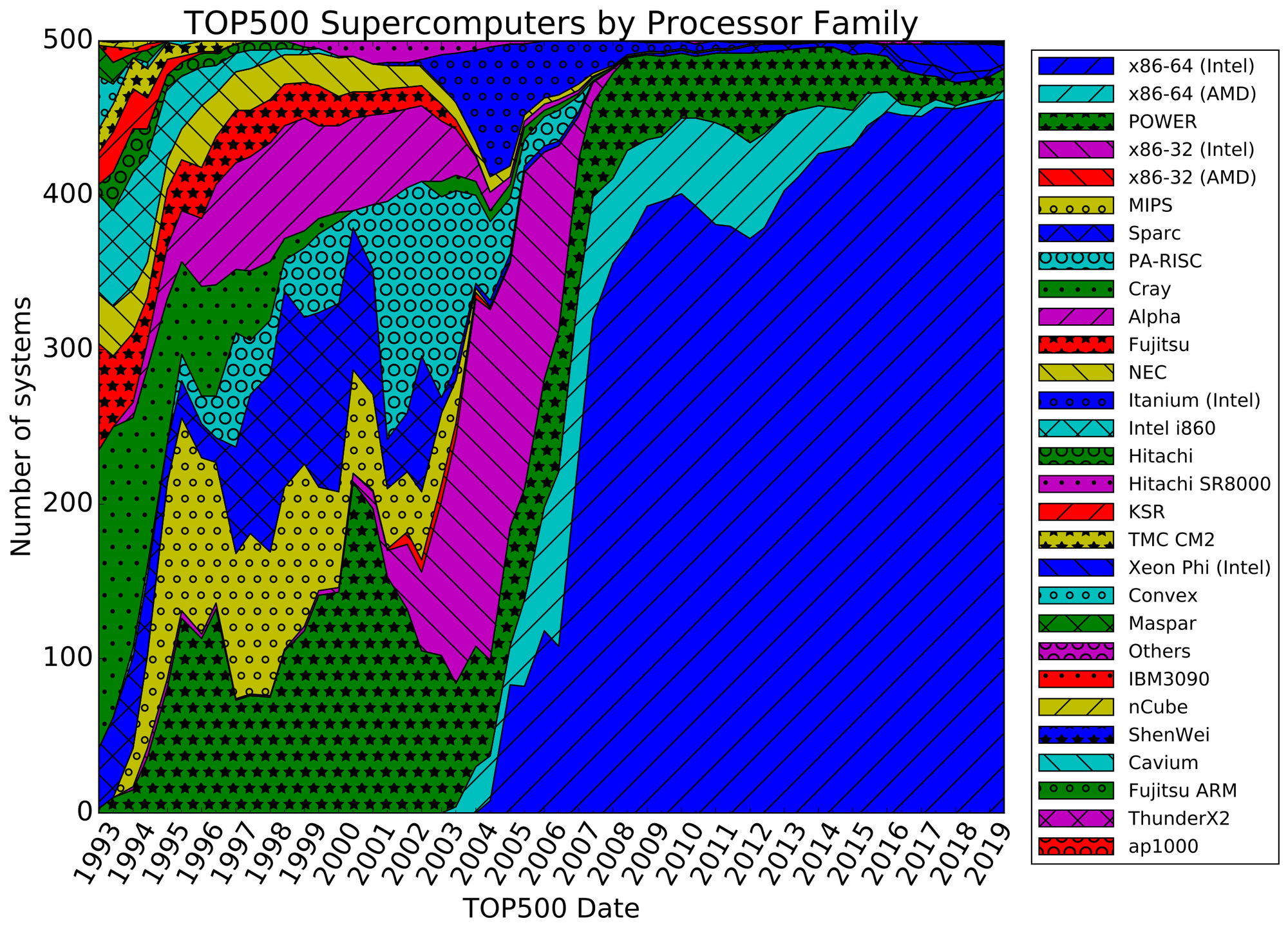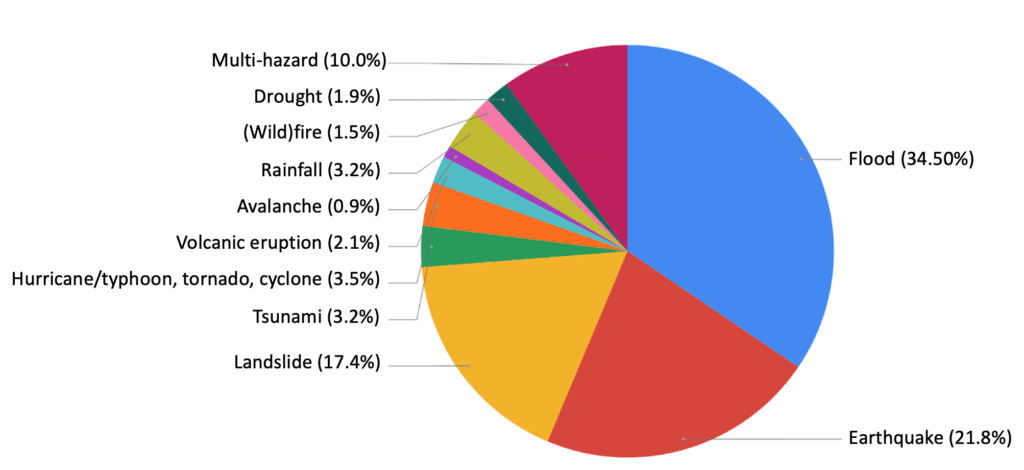Space-Based Supercomputing: A Look At China's Initiative

Table of Contents
The Technological Challenges of Space-Based Supercomputing
Developing and operating supercomputers in the unforgiving environment of space presents immense technological challenges. The harsh conditions necessitate robust solutions to overcome several critical obstacles:
-
Radiation Hardening of Components: Space is bombarded with high-energy radiation, which can damage sensitive electronic components. Radiation hardening techniques are crucial to ensure the longevity and reliability of space-based supercomputers. This requires specialized materials and design approaches to mitigate the effects of ionizing radiation.
-
Thermal Management in Extreme Temperatures: The extreme temperature fluctuations in space, ranging from scorching sunlight to frigid shadows, necessitate sophisticated thermal control systems. Effective heat dissipation is vital to prevent overheating and component failure, demanding innovative thermal management strategies.
-
Data Transmission and Latency Issues: Transmitting vast amounts of data from space to Earth presents significant bandwidth and latency challenges. Developing high-bandwidth, low-latency communication systems is crucial for efficient data transfer and real-time processing. This involves advancements in satellite communication technologies and potentially the use of laser communication systems.
-
Power Generation and Supply in Space: Providing a continuous and reliable power supply for a high-power consuming supercomputer in space is a major challenge. Efficient and durable power generation systems, such as solar panels and possibly nuclear power sources, are essential for sustained operation.
-
Miniaturization and Weight Constraints: Launching equipment into space is costly, so miniaturizing supercomputer components while maintaining performance is paramount. Reducing the weight and size of the system is crucial to minimize launch costs and maximize payload capacity.
China's Strategic Goals for Space-Based Supercomputing
China's investment in space-based supercomputing is driven by a range of strategic goals, aiming to leverage the technology for advancements across various sectors:
-
Enhanced Earth Observation and Environmental Monitoring: Space-based supercomputers can process massive datasets from Earth observation satellites, enabling more accurate and timely monitoring of climate change, environmental disasters (like floods and wildfires), and other crucial ecological phenomena. This improved monitoring allows for better disaster prediction and mitigation strategies.
-
Improved Communication Networks and Navigation Systems: The technology could significantly improve global positioning systems (GPS) accuracy and reliability, enhancing navigation for various applications, from transportation to autonomous vehicles. It can also support the development of more robust and secure communication networks, even in remote areas.
-
Advancements in Scientific Research and Data Processing: Space-based supercomputing will enable groundbreaking research in astronomy, astrophysics, and other scientific fields by processing immense amounts of data from space telescopes and other scientific instruments. This can lead to faster scientific discoveries and a deeper understanding of the universe.
-
Military Applications and National Security: While specifics remain undisclosed, it's understood that advancements in space-based supercomputing could have significant implications for national security and defense applications, including improved surveillance and communication capabilities. However, it's vital to emphasize the importance of responsible development and adherence to international norms.
Key Players and Initiatives in China's Space-Based Supercomputing Program
The Chinese space-based supercomputing program involves a collaboration of key players:
-
Government Agencies: The China National Space Administration (CNSA) plays a central role in coordinating and overseeing the initiative, allocating resources and setting strategic direction.
-
Research Universities and Institutes: Numerous leading Chinese universities and research institutes contribute to the development of crucial technologies and conduct fundamental research in related fields.
-
Private Companies Involved in Space Technology: The private sector is increasingly involved in developing and manufacturing components and systems for space-based supercomputing, fostering innovation and competition. Specific projects and missions remain largely confidential, but the growing involvement of private companies signals a dynamic and expanding ecosystem.
International Collaboration and Competition in Space-Based Supercomputing
China's space-based supercomputing endeavors are situated within a complex landscape of international collaboration and competition. While opportunities for international cooperation exist, particularly in areas of scientific research and environmental monitoring, the initiative also reflects a growing competition with the US, Europe, and other spacefaring nations. The ethical and political implications of this technology, including potential military applications and the equitable distribution of benefits, are significant concerns requiring careful consideration and global dialogue. The space race is intensifying, with space-based supercomputing poised to play a pivotal role.
Conclusion: The Future of China's Space-Based Supercomputing Initiative
China's investment in space-based supercomputing represents a significant leap forward in space technology and high-performance computing. While significant technological challenges remain, the potential benefits across various sectors, from environmental monitoring to scientific research and national security, are immense. The ongoing collaborations and competitions within the international space community will significantly shape the future of this technology. To stay informed about the ongoing advancements in this rapidly developing field, continue learning about the latest breakthroughs and the evolving roles of different nations, including China’s continuing influence in shaping the future of space-based supercomputing. Further research into the specific projects and partnerships involved will provide a more complete picture of this groundbreaking initiative.

Featured Posts
-
 Nou Membru In Familia Schumacher Legendarul Pilot A Devenit Bunic
May 20, 2025
Nou Membru In Familia Schumacher Legendarul Pilot A Devenit Bunic
May 20, 2025 -
 Good Morning America Robin Roberts Announces Addition To Her Family
May 20, 2025
Good Morning America Robin Roberts Announces Addition To Her Family
May 20, 2025 -
 Manga Disaster Prediction Tourist Cancellations Surge
May 20, 2025
Manga Disaster Prediction Tourist Cancellations Surge
May 20, 2025 -
 Hmrcs New Side Hustle Tax Rules A Us Style Snooping System Explained
May 20, 2025
Hmrcs New Side Hustle Tax Rules A Us Style Snooping System Explained
May 20, 2025 -
 Suki Waterhouses North American Tour A Disco Dream With Surface
May 20, 2025
Suki Waterhouses North American Tour A Disco Dream With Surface
May 20, 2025
Latest Posts
-
 Prokrisi Kroyz Azoyl O Giakoymakis Ston Teliko Champions League
May 20, 2025
Prokrisi Kroyz Azoyl O Giakoymakis Ston Teliko Champions League
May 20, 2025 -
 Efimeries Iatron Stin Patra Savvatokyriako 10 And 11 Maioy
May 20, 2025
Efimeries Iatron Stin Patra Savvatokyriako 10 And 11 Maioy
May 20, 2025 -
 Poy Tha Vro Efimereyonta Giatro Stin Patra 10 And 11 Maioy
May 20, 2025
Poy Tha Vro Efimereyonta Giatro Stin Patra 10 And 11 Maioy
May 20, 2025 -
 Dimotiko Odeio Rodoy Synaylia Ton Kathigiton Stin Dimokratiki
May 20, 2025
Dimotiko Odeio Rodoy Synaylia Ton Kathigiton Stin Dimokratiki
May 20, 2025 -
 Odigos Gia Efimereyontes Iatroys Stin Patra 10 11 5
May 20, 2025
Odigos Gia Efimereyontes Iatroys Stin Patra 10 11 5
May 20, 2025
